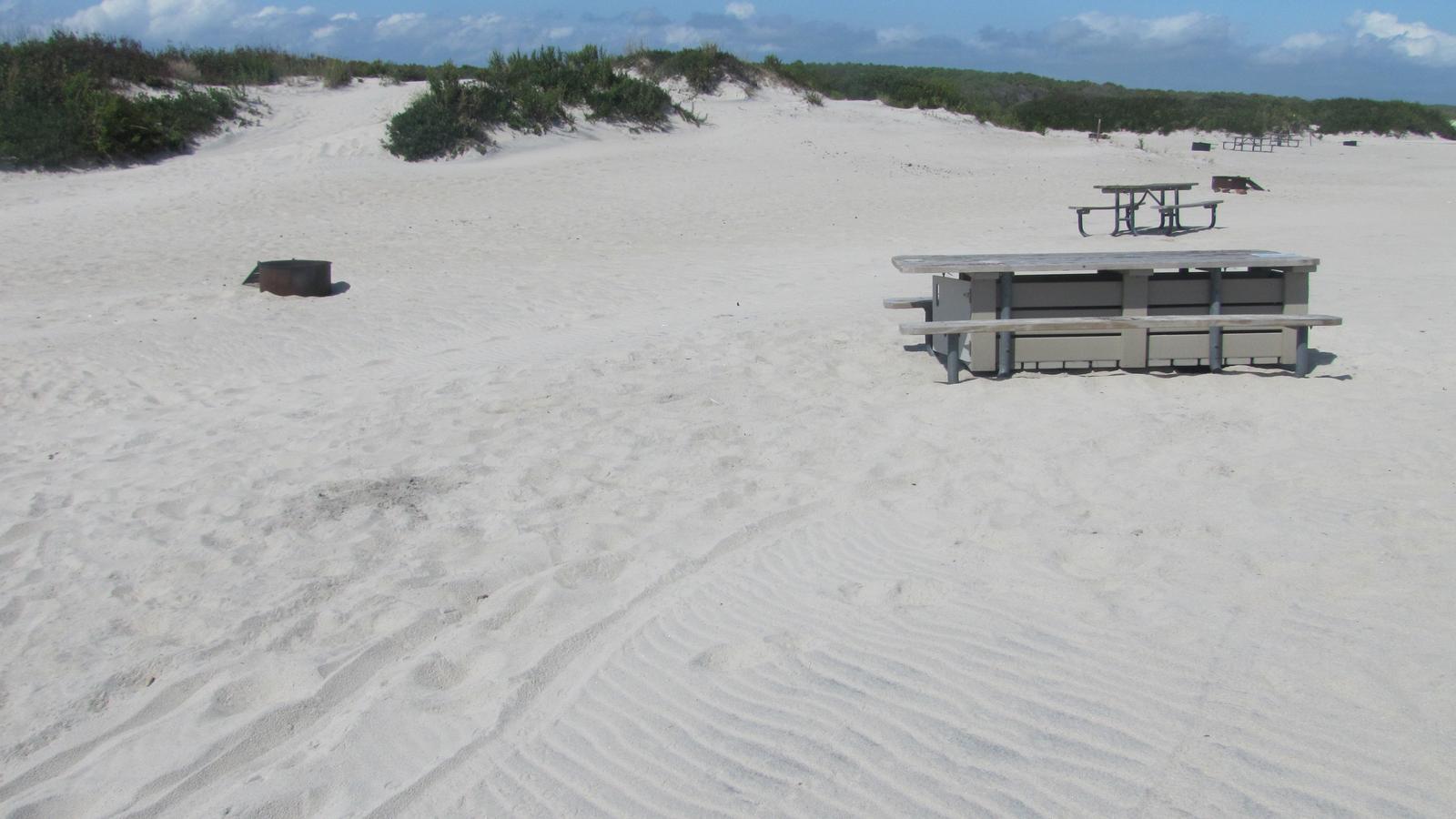
Many bird species make their home on Assateague on a seasonal basis. Even the seemingly barren beaches provide habitat for nocturnal ghost crabs ( Ocypode quadrata), red fox ( Vulpes vulpes), and raccoons ( Procyon lotor), who scavenge the crustaceans, fish, and other organic matter washed in by the tides. Numerous invertebrates such as fiddler crabs ( Uca ssp.) and mud snails ( Nassarius ssp.) play key roles in maintaining the health of the island’s salt marshes. Seven species of frogs and toads depend on fresh water ponds in the center of the island for breeding, and a variety of snakes, such as the black rat snake ( Elaphe obsoleta obsoleta), can be found across the forests, dunes, and marshes preying on rodents, small birds, or toads. Other inhabitants are less conspicuous than the large mammals. While Assateague’s wild horses are perhaps the island’s best-known inhabitants, other large mammals also roam the park, including the native white-tailed deer ( Odocoileus virginianus) and the non-native sika deer ( Cervus japonica), a diminutive species of Asian elk introduced to Assateague during the 1920’s. Over time, these conditions have produced a community of plants and animals uniquely suited to the extremes found at the edge of the sea.Ī sunset on the bayside wetlands looks beautiful, but bring bug repellant! Exposure to salt spray, lack of fresh water, and isolation from the mainland are subtle, but powerful influences on the Island’s species composition. Other forces sculpt the landscape in less obvious ways. Powerful storms can dramatically alter the shoreline in a matter of hours, as waves wash over the beach and reshape the island from ocean to bay. The geography of the island itself is in a state of constant flux, continuously being reshaped by the elemental forces of wind and water.

More than half of Assateague Island National Seashore’s 48,000 acres is comprised of near-shore and estuarine waters, and the interplay between these waters and the barrier island affects nearly every aspect of life in this dynamic coastal environment. Others say that someone put the ponies over on the island so that they could avoid fencing laws. There are many different theories to how the ponies got to the island some say they are survivors of a shipwreck, but there is no evidence to support this. This habitat is home to migratory birds, plants, and of course wild ponies. The island has 14,000 acres of beach, a forest, as well as saltwater marsh and freshwater marsh habitats. Assateague Island National Park was established in 1943.


 0 kommentar(er)
0 kommentar(er)
